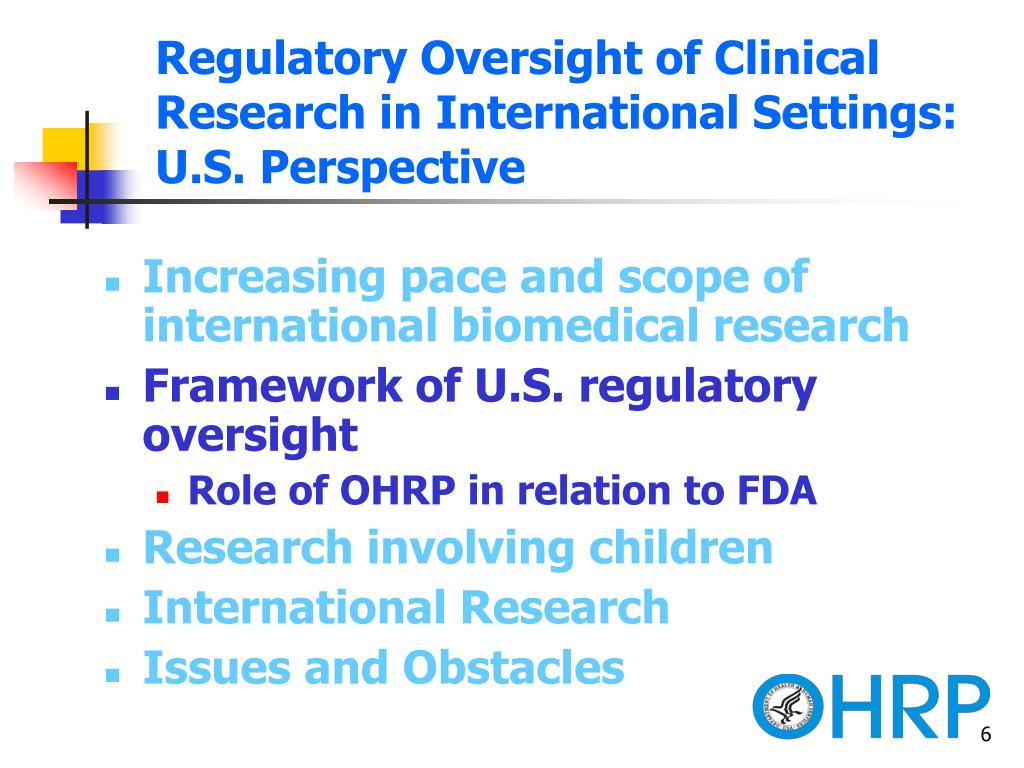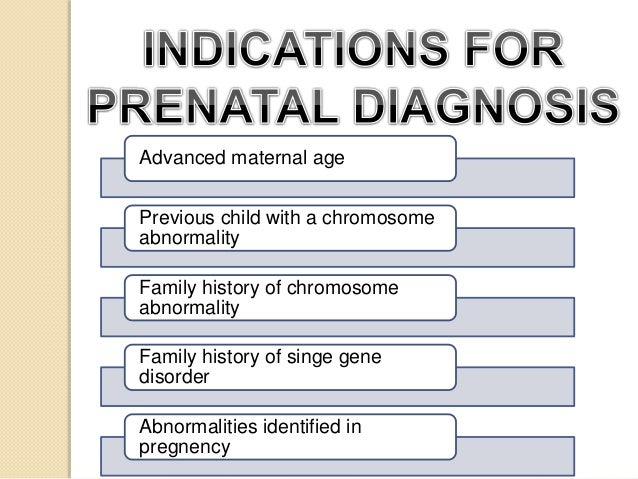Mapping synaptic plasticity has emerged as a revolutionary concept in neuroscience, positioning itself at the intersection of memory formation and the intricate workings of neuronal connections. Researchers from Harvard have pioneered a groundbreaking new technique that sheds light on how synapses—the vital junctions facilitating communication between neurons—adapt over time to enable learning and memory. This innovative method, known as EPSILON, allows scientists to visualize the essential proteins involved in synaptic transmission, offering unprecedented insights into synaptic dynamics. By decoding the molecular mechanisms that underpin memory, this research not only enhances our understanding of cognitive functions but also holds promise for developing new therapies for neurodegenerative disorders like dementia. Ultimately, advancements in mapping synaptic plasticity are crucial for unraveling the complexities of the brain and improving treatment approaches for memory-related conditions.
The exploration of synaptic adaptation, often referred to as synaptic plasticity, is a fundamental aspect of how our brains encode and recall memories. Techniques that illuminate these neural changes are imperative for understanding how memories are formed and maintained within our complex network of brain cells. The recent Harvard research introduces a novel technique called EPSILON, enabling scientists to track the proteins critical in synaptic communication. This innovative approach provides a clearer picture of how brain cells interact and modify their connections, crucial for processes such as learning and memory retention. By investigating these synaptic alterations, researchers aim to unlock potential treatments for diseases like Alzheimer’s, paving the way for advancements in dementia treatment and cognitive health.
Understanding Synaptic Plasticity and Memory Formation
Synaptic plasticity is the cornerstone of how our brain processes information and forms memories. It refers to the brain’s ability to strengthen or weaken synaptic connections, which are the pathways through which neurons communicate. Every time we learn something new or have an experience, synaptic plasticity is at work, modulating the connections that enable us to retain information. Research from Harvard has illuminated this concept by offering innovative techniques to visualize and understand these synaptic changes with high precision, shedding light on the complex processes involved in memory formation.
The study conducted at Harvard revealed insights into how synaptic behavior can reflect the dynamics of learning. By employing advanced molecular techniques, the researchers were able to map synaptic plasticity directly, providing unprecedented clarity into the mechanisms that underpin both everyday learning and profound memory formation. This understanding is critical, not just for neuroscience as a discipline but also for developing therapeutic approaches for conditions like dementia, where synaptic dysfunction hampers cognitive abilities.
The Revolutionary EPSILON Technique in Brain Research
The EPSILON technique, or Extracellular Protein Surface Labeling in Neurons, represents a significant advancement in neuroscience research. It offers a non-invasive method to observe the proteins that play crucial roles in synaptic transmission. By focusing on proteins known as AMPARs, which are integral to synaptic plasticity, the researchers have created a way to visualize how these proteins move and interact during learning processes. This innovative approach allows for real-time monitoring of synaptic activity and offers great potential for understanding the biology of memory in greater depth.
Harvard’s use of the EPSILON technique has already yielded promising results, particularly in studies related to memory formation in mice. By linking AMPAR activity to specific memory expressions, researchers are beginning to uncover the molecular underpinnings of how memories are created and retained. Such insights could revolutionize approaches to treating neurological disorders, as the detailed mapping of synaptic changes over time can inform therapies aimed at restoring memory function in individuals suffering from conditions like Alzheimer’s disease.
Implications for Dementia Treatment Strategies
Understanding the mechanisms of synaptic plasticity has profound implications for developing new strategies to treat dementia and other cognitive disorders. By revealing how synaptic connections are formed and modified, researchers can identify targets for therapeutic intervention. The insights gained from the EPSILON technique could lead to the design of drugs aimed at enhancing synaptic strength or compensating for deficits caused by neurodegenerative diseases, ultimately improving the quality of life for those affected.
Moreover, the pioneering research at Harvard underscores the importance of basic science research in crafting effective therapies. As Adam Cohen points out, the foundational studies that lead to breakthroughs in health are critical to advancing our understanding of the brain’s complex architecture. By fostering an environment that supports such research, scientists hope to pave the way for innovative treatments that may one day halt or even reverse the cognitive decline associated with conditions like dementia.
The Role of Neuronal Connections in Cognitive Functions
Neuronal connections form the fabric of our cognitive capabilities, influencing everything from memory recall to learning new skills. These connections, or synapses, need to undergo robust changes throughout our lives as we acquire new knowledge and experience the world around us. The recent advancements in synaptic mapping have highlighted the influential role of these connections in shaping our cognitive landscape, providing a clearer understanding of how our brains adapt to new information and experiences.
Furthermore, the health and resilience of these neuronal connections are paramount for maintaining cognitive functions as we age. Disruptions in synaptic connections can lead to cognitive impairments and are common features in neurodegenerative disorders. Thus, by focusing on how synaptic plasticity is influenced, researchers can devise strategies to promote neuronal health, which is essential not only for learning new information but also for preserving memories as we age.
Exploring the Connection between AMPARs and Memory Traces
Research has shown that AMPA receptors (AMPARs) are key players in the formation and persistence of memory traces in the brain. These proteins facilitate synaptic transmission and are instrumental in synaptic plasticity, the process through which synaptic connections are strengthened or weakened. By examining AMPAR dynamics, scientists are uncovering how memories are encoded within neuronal circuits, highlighting the intricate relationship between receptor activity and memory encoding.
The Harvard study’s findings suggest a strong correlation between the trafficking of AMPARs and the establishment of enduring memory traces, known as engrams. This connection provides a promising avenue for deeper exploration into the mechanisms of memory storage and recall. Moreover, understanding how AMPARs operate within synaptic contexts may lead to novel interventions for enhancing memory in populations struggling with memory-related deficits, such as those with Alzheimer’s or other cognitive impairments.
The Future of Memory Research and Cognitive Phenomena
The exciting developments arising from the Harvard research present a future ripe with potential for understanding human cognition and memory. By utilizing innovative techniques like EPSILON, researchers are better positioned to explore various cognitive phenomena, unveiling the underlying synaptic processes that dictate not just memory formation but broader cognitive functions as well. This line of inquiry stands to significantly advance our grasp of mental health and cognitive resilience.
As more laboratories worldwide adopt the EPSILON method, a new era of research based on collaborative advancements is emerging. Such shared knowledge and methodologies will amplify our understanding of neural dynamics, enabling scientists to tackle complex cognitive challenges facing society today. By continuing to push the boundaries of memory research, there lies an opportunity to design effective therapeutic strategies that target cognitive impairments, offering hope for future treatments that mitigate the impact of diseases such as dementia.
Linking Basic Research to Human Health Innovations
The connection between fundamental scientific research and practical health innovations is an essential theme emerging from studies like those conducted at Harvard. By comprehensively studying neuronal connections and synaptic plasticity, researchers can pave the way for groundbreaking treatments that improve human health. For instance, tools and techniques developed in basic research settings, such as the HaloTag technology, not only elucidate the complexities of neural interaction but also form the basis for translational research that directly impacts medical strategies.
This trajectory from basic to applied science is crucial in developing new therapies for cognitive disorders. As researchers uncover the intimate details of how memories are formed and retained, they can draw parallels in developing pharmacological interventions and therapeutic exercises aimed at enhancing memory function. Thus, fostering interconnections between basic research and clinical applications can significantly bolster our approach to treating disorders like dementia, illustrating the profound societal value of scientific inquiry.
The Importance of Collaborative Scientific Efforts
In the quest to fully understand the complexities of memory and synaptic behavior, collaboration emerges as a fundamental pillar in scientific discovery. The research at Harvard exemplifies how collective efforts among researchers and institutions can lead to significant advancements in our understanding of the brain. By pooling resources, knowledge, and techniques, scientists are better equipped to tackle intricate biological questions and devise innovative strategies for exploring neural connectivity.
Collaborative studies also enable the exchange of ideas and methodologies across various scientific domains. This synergistic approach not only enhances research quality but also accelerates the pace of discovery, bringing novel insights into the workings of the brain to the forefront. A cooperative model of scientific inquiry is essential for addressing the pressing challenges of cognitive health in our aging population, ensuring that emerging therapies are rooted in a comprehensive understanding of neuronal interactions and memory processes.
Potential Applications of Neuroplasticity Research
The exploration of neuroplasticity through studies of synaptic behavior offers numerous potential applications in therapeutic settings. By understanding the factors that promote or inhibit synaptic plasticity, researchers can inform interventions aimed at enhancing cognitive function. For instance, strategies designed to strengthen synaptic connections may provide new pathways for coping with memory-related disorders, improving the daily lives of those affected by cognitive decline.
Additionally, insights gained from neuroplasticity research can deepen our understanding of rehabilitation techniques and cognitive training programs. Tailoring interventions based on individual synaptic dynamics could yield personalized treatments that more effectively address specific cognitive impairments. As the field moves forward, continued study of the relationships between learning, memory formation, and synaptic plasticity may unlock new avenues for enhancing cognitive health across diverse populations.
Frequently Asked Questions
What is the role of synaptic plasticity in memory formation?
Synaptic plasticity is crucial for memory formation as it refers to the strengthening and modulation of neuronal connections, allowing the brain to adapt and reorganize based on new information. This dynamic process underlies the ability to learn and retain memories.
How does the EPSILON technique contribute to understanding synaptic plasticity?
The EPSILON technique enables researchers to map the proteins essential for synaptic communication at unprecedented resolution. By observing the behavior of AMPARs, key players in synaptic plasticity, EPSILON provides insights into the mechanisms by which synapses strengthen or weaken in response to learning, enhancing our understanding of memory formation.
Can mapping synaptic plasticity help in dementia treatment?
Yes, mapping synaptic plasticity can significantly aid in developing new therapies for dementia. By revealing how synaptic connections change during memory formation, researchers can identify targets for interventions that may improve cognitive function and counteract synaptic dysfunction typically associated with dementia.
What insights does Harvard’s research offer regarding the relationship between synaptic plasticity and memory?
Harvard’s research demonstrates that by mapping synaptic plasticity using the EPSILON technique, scientists can understand the specific neuronal changes that occur during memory creation. This highlights essential patterns that dictate how the brain decides which synapses to reinforce, providing a clearer picture of memory encoding.
How does the EPSILON technique improve upon traditional methods for studying synaptic connections?
The EPSILON technique improves upon traditional methods by allowing researchers to observe synaptic behavior without invasive procedures. It employs fluorescent labeling and advanced microscopy to illuminate synaptic activity and molecular interactions with high precision, thereby enhancing the understanding of synaptic plasticity.
In what ways can EPSILON advance future neurological research?
EPSILON can advance neurological research by enabling comprehensive mapping of synaptic plasticity dynamics over time. This can facilitate the study of various types of memories and their associated synaptic changes, potentially leading to breakthroughs in understanding cognitive disorders and improving therapeutic strategies.
What are AMPARs and why are they significant for synaptic plasticity?
AMPARs, or Alpha-Amino-3-Hydroxy-5-Methyl-4-Isoxazolepropionic Acid receptors, are pivotal for synaptic plasticity as they mediate fast synaptic transmission in the brain. Their trafficking and distribution at synapses directly influence the strength and efficacy of synaptic connections, which is essential for learning and memory.
What potential applications arise from the findings of the Harvard research on synaptic plasticity?
The findings from Harvard’s research may lead to potential applications in developing therapies for neurodegenerative diseases such as Alzheimer’s. By understanding how synaptic strengths relate to memory formation, researchers can create targeted interventions to preserve or restore cognitive functions.
How can understanding synaptic architecture impact our comprehension of learning processes?
Gaining a clearer understanding of synaptic architecture through techniques like EPSILON can profoundly impact our comprehension of learning processes. By uncovering the intricate details of how synapses adapt and change during learning, researchers can formulate new approaches to enhance educational methods and cognitive therapies.
What implications might the research on synaptic plasticity have for mental health?
Research on synaptic plasticity may have significant implications for mental health by identifying how synaptic dysfunction contributes to disorders such as anxiety or depression. Insights gained could facilitate the development of novel therapeutic strategies aimed at restoring healthy synaptic dynamics.
| Key Point | Details |
|---|---|
| New Technique Developed | Harvard researchers have created a method called EPSILON to map how learning and memory are formed. |
| Focus on Synaptic Plasticity | The method emphasizes proteins called AMPARs, which are crucial for synaptic plasticity and memory formation. |
| Impact on Neurological Diseases | This research may lead to new therapies for disorders like dementia and Alzheimer’s. |
| Innovative Observation Method | EPSILON uses fluorescent labeling and microscopy to observe synaptic behavior at high resolution. |
| Applications in Learning Studies | The technique can map synaptic changes related to memories and assist in studying how memories are formed. |
Summary
Mapping synaptic plasticity is crucial for understanding how learning and memories are formed, as demonstrated by Harvard researchers through their innovative EPSILON technique. This groundbreaking approach allows scientists to observe the molecular details of synaptic connections at an unprecedented level. By shedding light on the role of AMPARs in synaptic plasticity, the research opens new avenues for therapies aimed at treating memory-related disorders, ultimately enhancing our understanding of cognitive functions and paving the way for advancements in neurological health.



